This is easily the most difficult image I’ve captured to date. Over 12,000 images captured over 5 nights with 5 cameras to create a 360VR experience of the Geminid meteor shower.
Read MoreThe debate over prime versus zoom lenses is one that echoes around most genres of photography but there are important and specific points to be made when discussing landscape astrophotography.
Zoom lenses provide the convenience of multiple focal lengths in a smaller, lighter, and probably cheaper setup compared to multiple prime lenses that would cover the same range. So despite the fact that my aching back hates me for carrying so much gear around, why is it that over 90% of my images are captured with primes?
Read MoreOnce a year there’s a special opportunity to capture Jupiter and its four Galilean moons with a foreground subject and it’s called opposition.
Read MoreWith 2021 drawing to a close I was reflecting on how little photography I was able to do the past year. At the same time, plans to celebrate New Year’s Eve were crumbling as all my friends began coming down with covid. I’d yet to photograph Comet Leonard and it was no longer visible from the UK so a last-minute flight to Tenerife began the chase to capture the cosmic snowball before the year finished and it headed back off to outer space. Who needs fireworks when you have a naked eye visible comet?
Read MoreIf you’d asked me 5 years ago if I thought a smartphone would ever be able to capture a decent image of the Milky Way my answer would have been a resounding no. With tiny sensors and small lenses that aren’t capable of guiding much light onto the sensor there’s no way they’re ever going to be much use in such low-light conditions, right? Well, ask me the same question today and my answer would be a lot different.
Read MoreThe Sony a7S range comes equipped with a 12MP full-frame sensor that has phenomenal low-light videography capabilities (The “S” stands for Sensitivty) to the point where no other prosumer camera even comes close. Now after a couple of months of testing and comparing, I’m finally releasing my review of this night vision monster.
Read MoreThe Kase Starglow filter has been created in collaboration with Alyn Wallace Photography. Made from toughened Kase Wolverine glass, the filter is designed to make bright stars glow and bloat whilst also accentuating their natural colour. It simultaneously hides the fainter stars making constellations pop and stand out. Unveil the glory of the constellations and take your astrophotography to a whole new level.
Read MoreThe Sony 24mm f/1.4 GM very quickly became my favourite lens of all time and is still in my opinion, the best lens ever made for landscape astrophotography. But I appreciate that a lot of people find the 24mm focal length quite restricting and tight and would prefer something a little wider. When Sony announced the 20mm f/1.8 G I didn’t hesitate to pre-order it, although I kept my expectations low given that it was only designated a G and not a G Master.
Read MoreI recently did a live “Milky Way Photography Masterclass” with PhotoPills, my favourite app for planning my Milky Way shots. I shared plenty of tips based on some of my favourite images that will help you plan in advance and we also go deep into the settings and gear that I use for landscape astrophotography. I hope you enjoy :)
Read More









